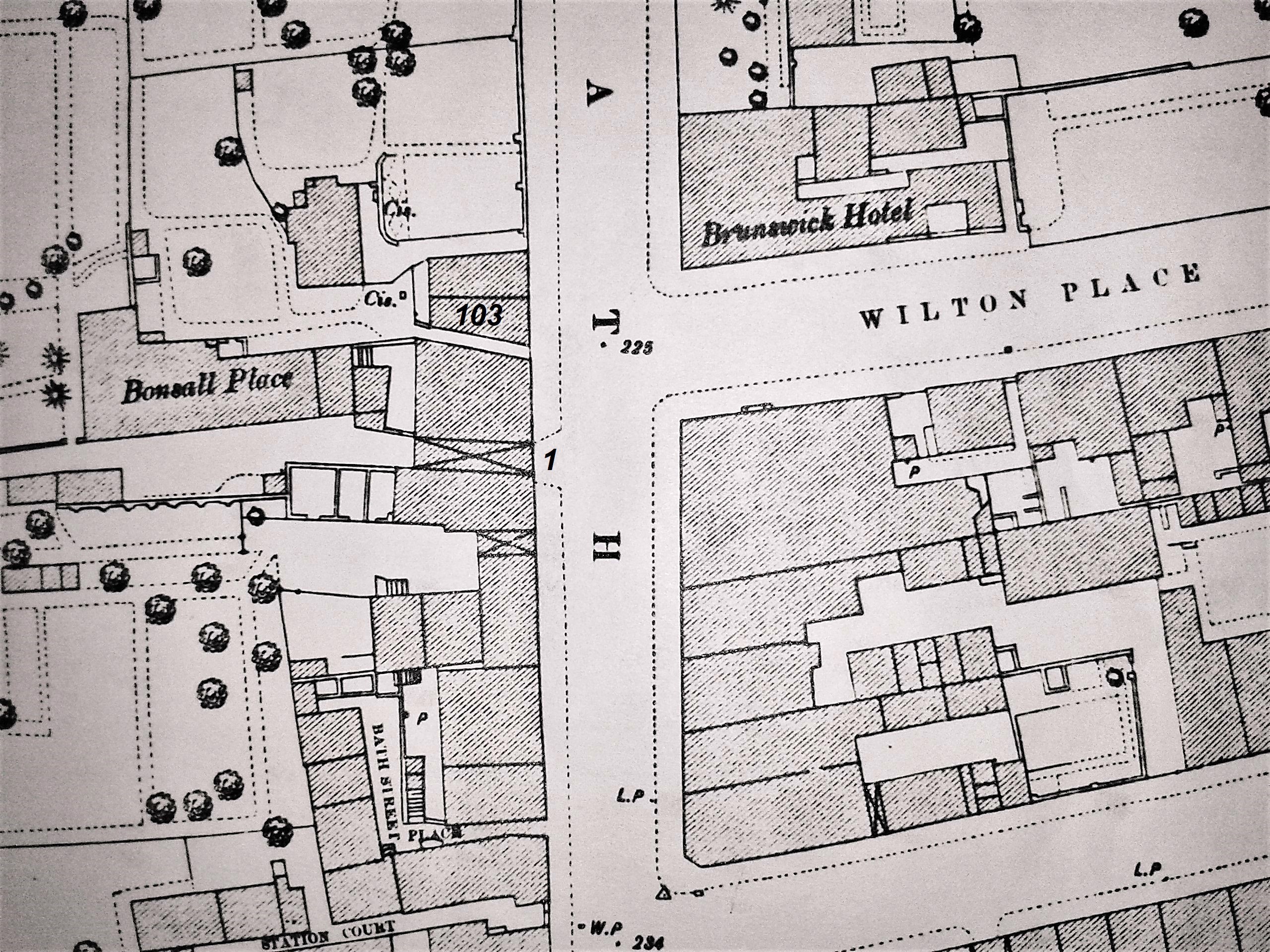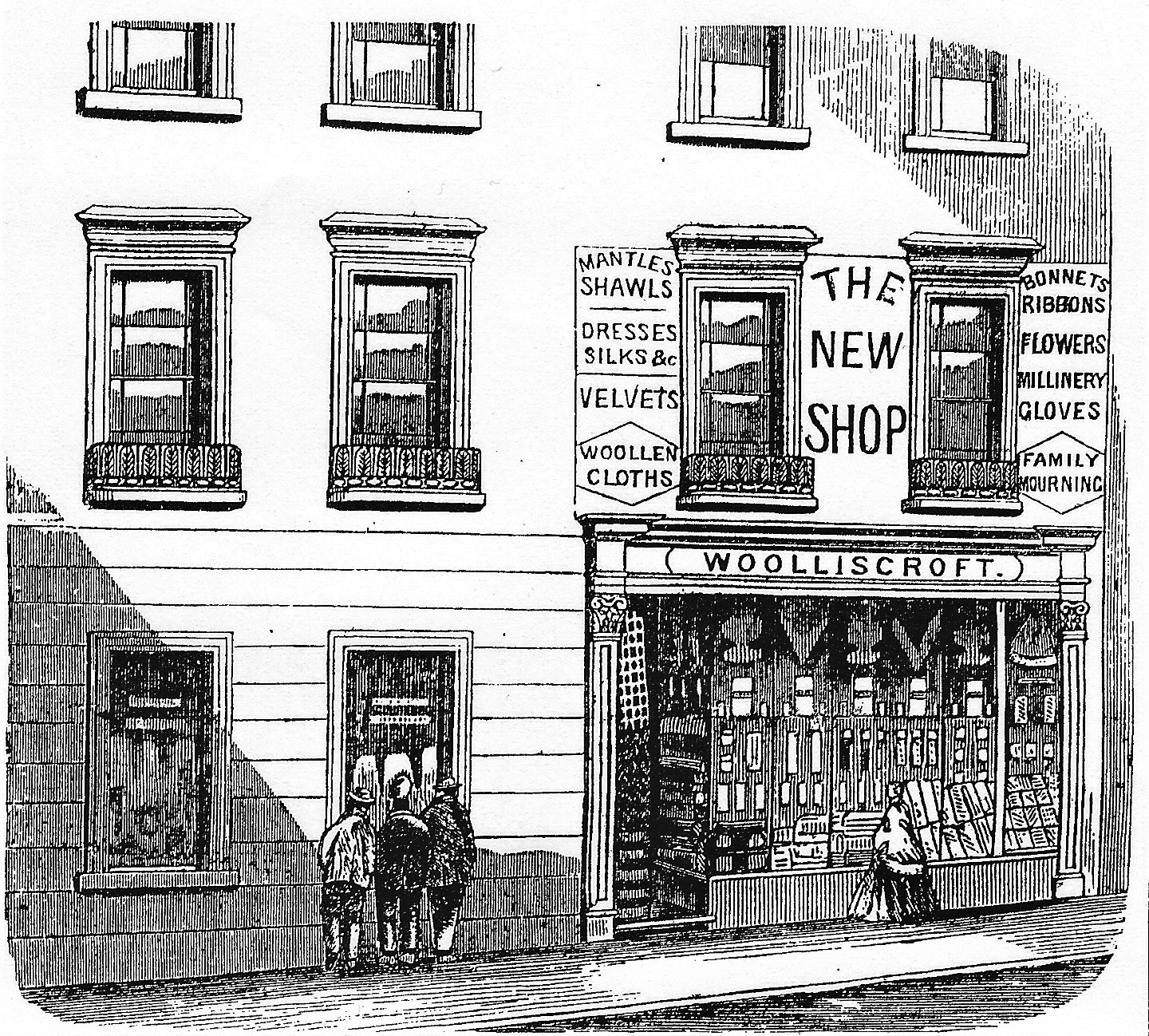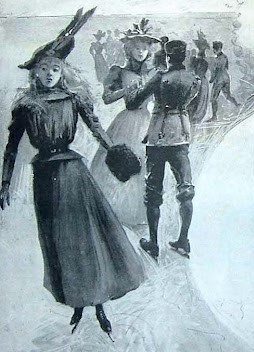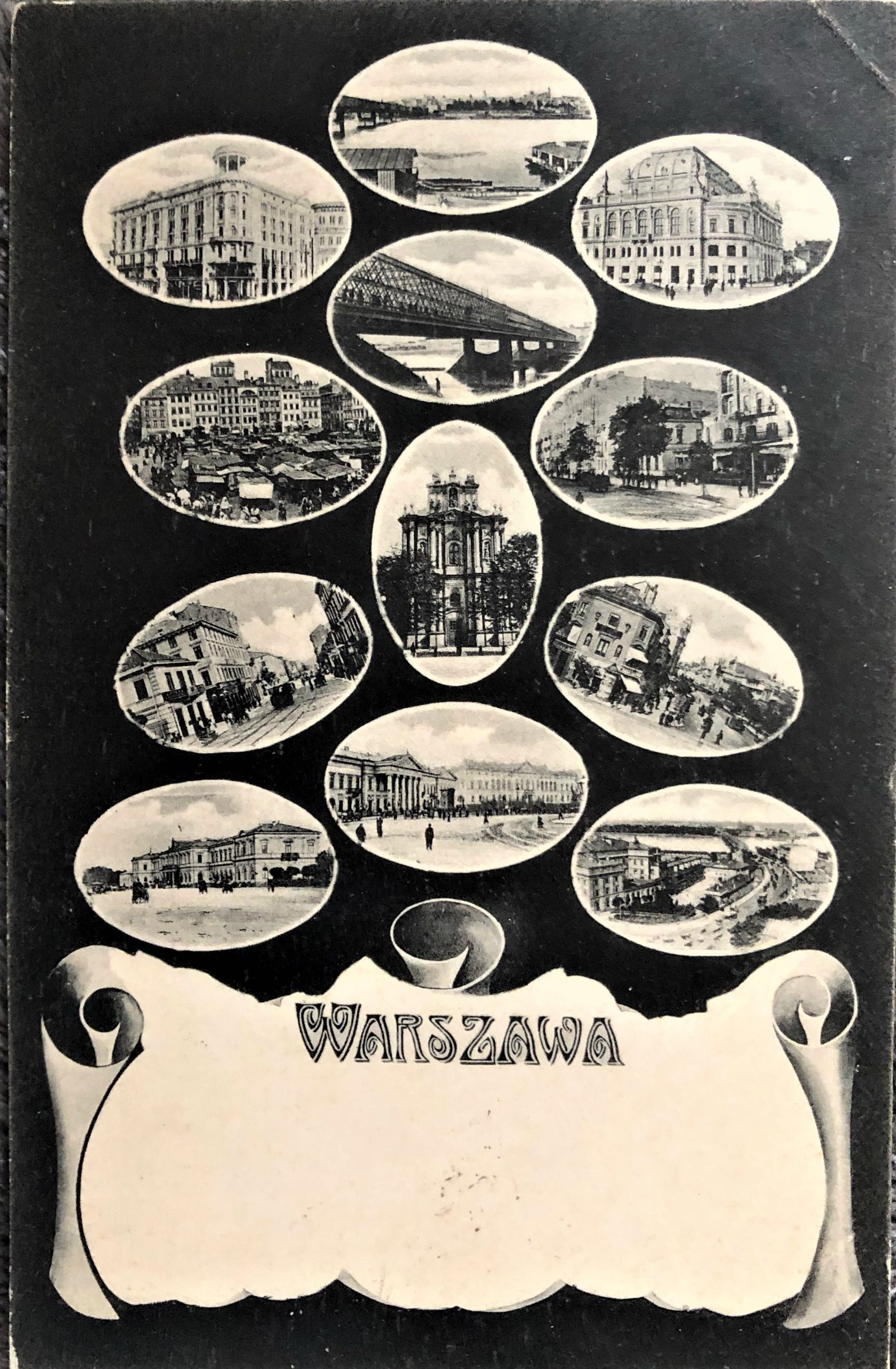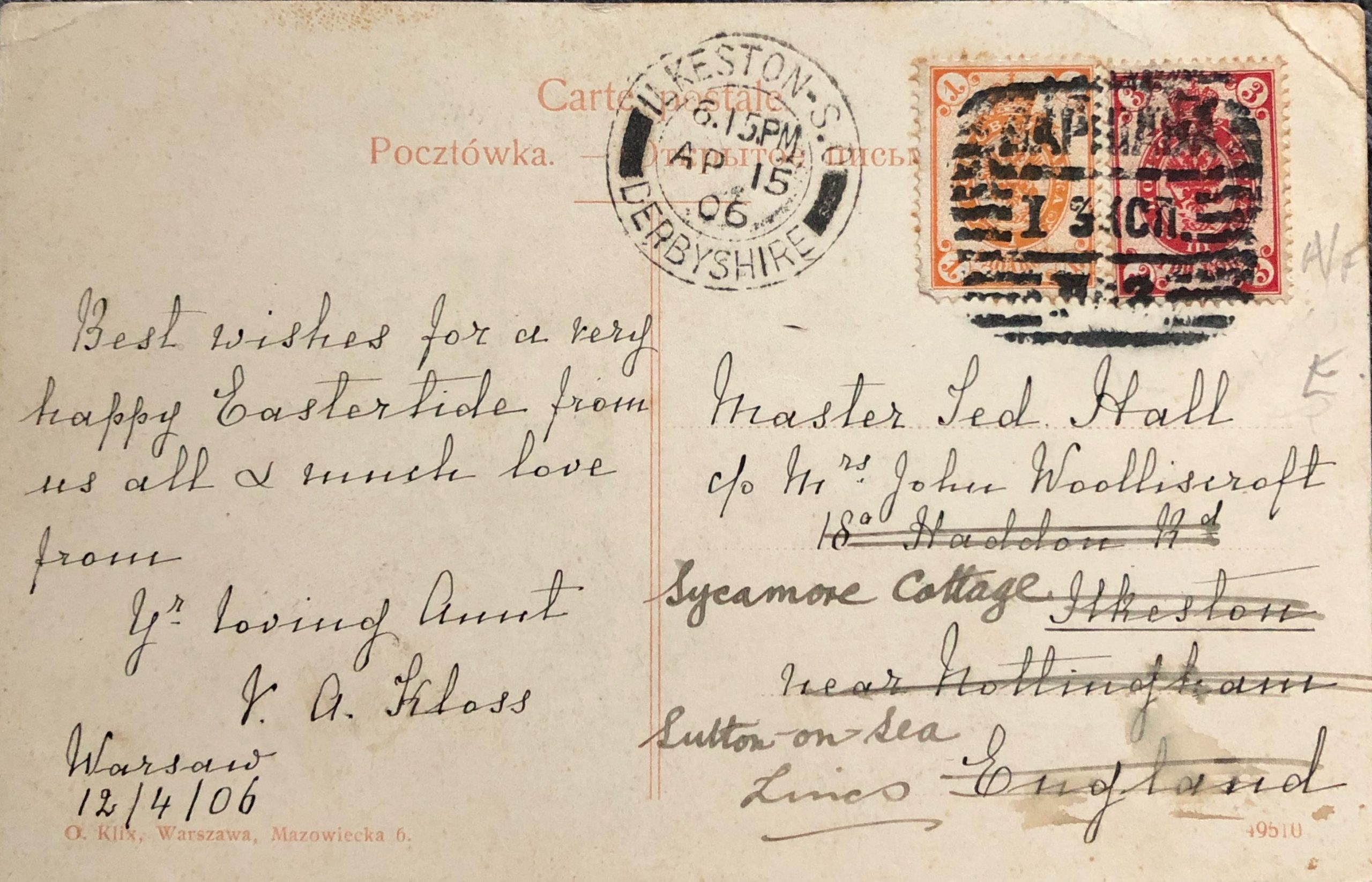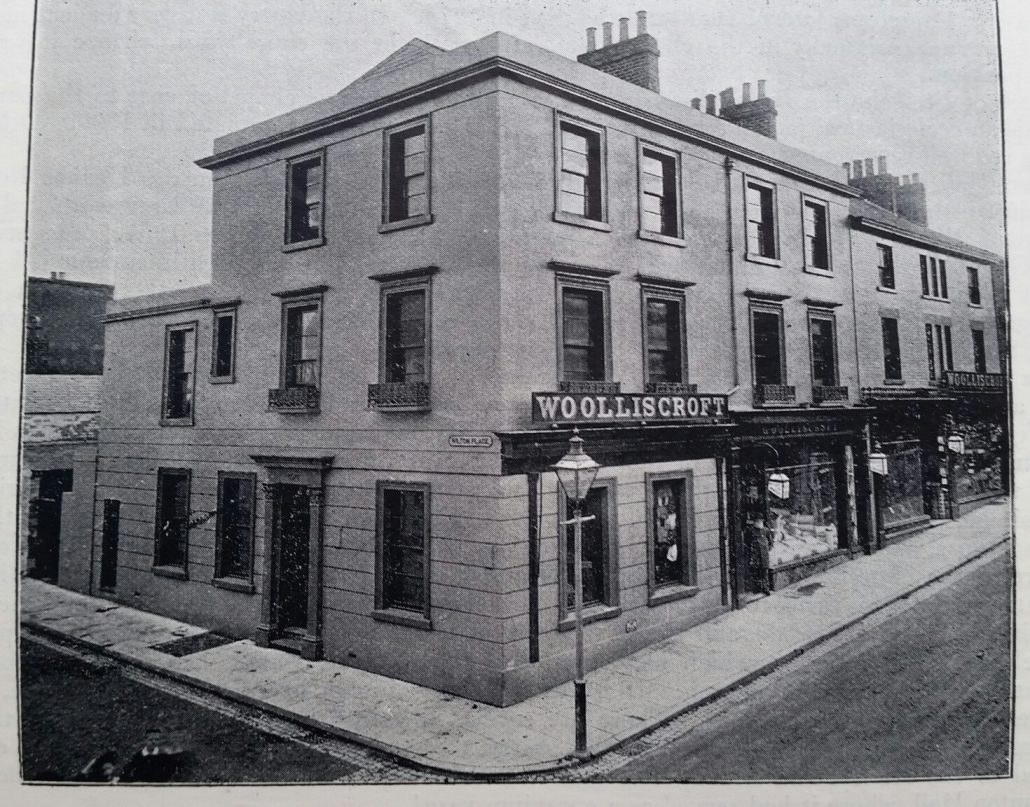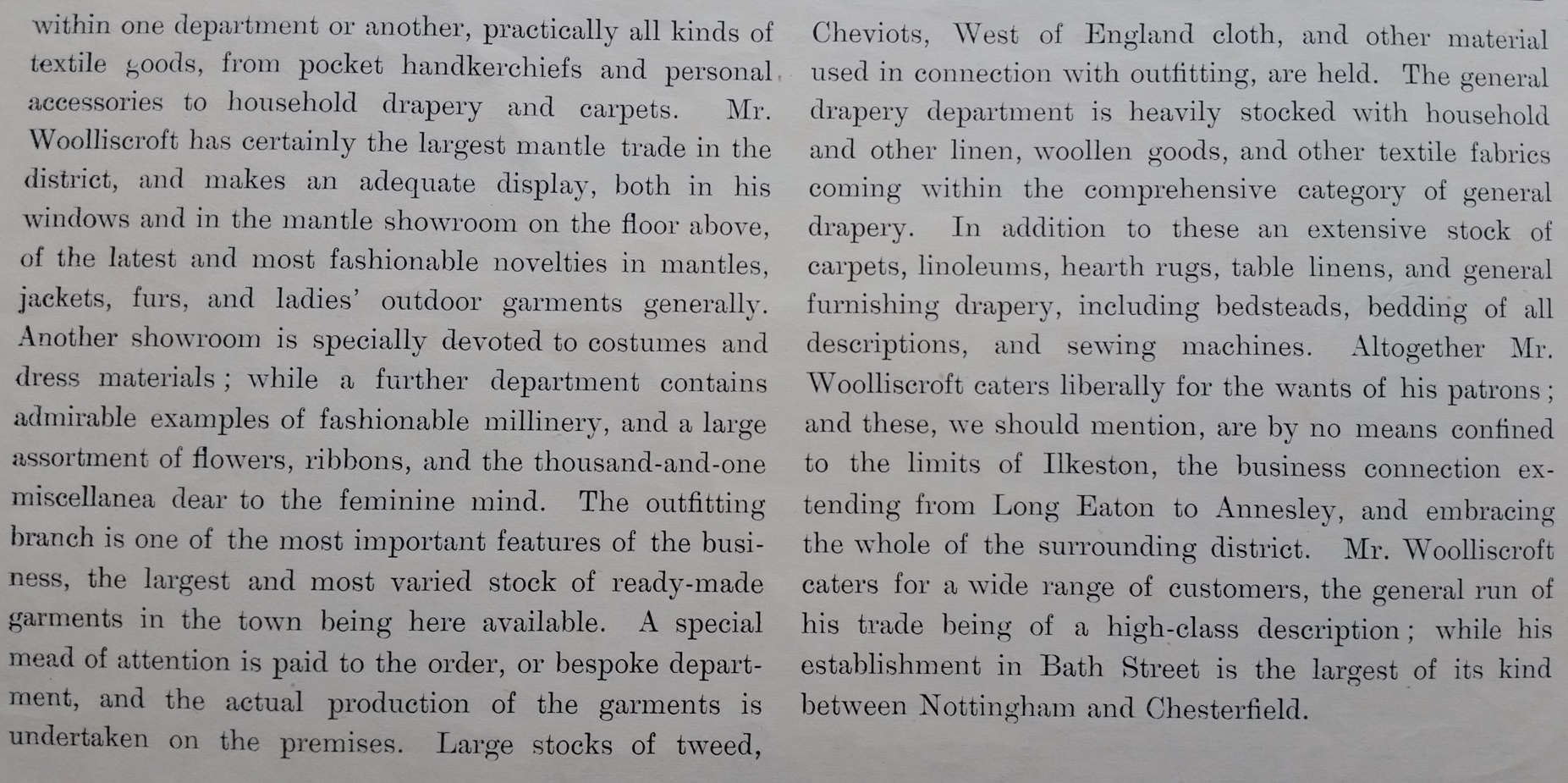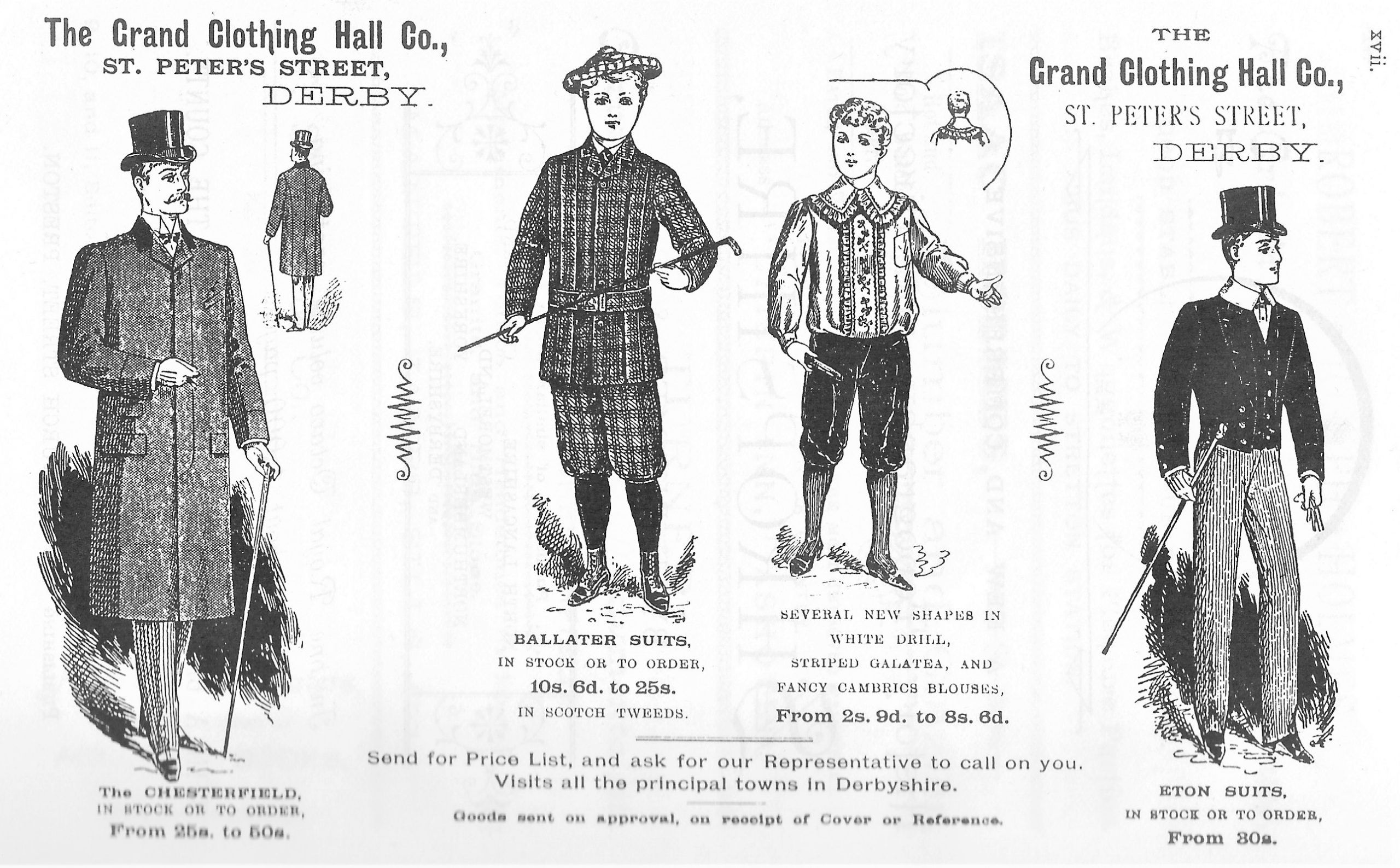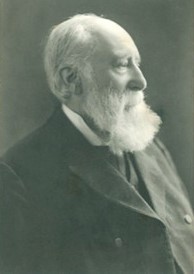The Brunswick Hotel stands at the corner of “Wilton Place, built by Mr. Wilson” announces Adeline.
Puzzle alert !!
Builder and joiner Joseph Wilson Wilton was born about 1818 in London.
Signing himself as Joseph Wilson, he married Mary Hallsworth in 1840, his father being recorded as joiner William Wilton Wilson. Mary was the daughter of Cotmanhay framework knitter Joseph Hallsworth and Phoebe (nee Allen).
On all censuses until his death he appears as Joseph Wilson.
He died at Wilton Place on March 5th 1868 when he was recorded as Joseph Wilson Wilton.
The deaths of his parents are also recorded as Wilton.
Wilson or Wilton?
Joseph’s father, William Wilson Wilton, had died on August 6th, 1849, just over a year after his neighbour Moses Mason had died, at the copyhold premises of both men, together with an adjacent piece of prime building land, was put up for sale by private contract in October 1849.
In the summer of 1853 the Pioneer reported that Joseph Wilson, then living in London, had auctioned off several building plots of land in Bath Street, just two minutes walk from the Town Station and the Baths …. with an extensive frontage to Bath Street. The auction was held at the Sir John Warren Inn, 15 parcels of land being sold off, prices ranging from 2/6d to 7/9d per yard. … the auctioneer was John Ross alias John ‘Robins’ of Bath Street.
“We hope that the opportunity thus afforded by this sale for building speculations, will lead to the erection of such a class of dwelling-houses, as will be an improvement on the stereotyped style of house-building hitherto adopted in the town, and by the display of a little architectural taste, prove not merely an ornament to the town, but an inducement for the location of respectable families”.
Almost 40 years after this auction, another one was advertised to take place at the same venue. This was on May 30th 1891, a few months after the death of Mary Wilson (nee Hallsworth), widow of Joseph, who appears to have lived in Wilton Place ever since the death of her husband. Now she too was dead — on December 30th, 1890, aged 71.
Within the auction were two freehold houses — numbers 1 and 4 — the latter the home of the late Mary. However the main business involved the sale of the land in Wilton Place, which had been divided into 13 separate lots of building land.
The Woolliscrofts.
One family which might have fitted the description of a respectable family was the one we are now about to encounter.
Adeline then describes “the land between Mr. Moses Mason’s house and Mr. Fletcher’s which was not built upon for some years. Then two young men named Woolliscroft took the new shop next to Wilton Place, built by Mr. Wilson, and started in business as drapers”.
Born in Abbots Bromley, Staffordshire, the ‘two young men’ were Charles and William Woolliscroft, accompanied by their mother Sarah, who came to Ilkeston in 1854.
Their baptism records show that, like their sister Fanny, they were the illegitimate children of Sarah .. their father was William Charles, a farmer/ small landowner.
Hence their names were Charles Charles Woolliscroft, Fanny Charles Woolliscroft and William Charles Woolliscroft.
The 1841 Census records the Woolliscroft family at High Street in Abbots Bromley, Staffordshire where the two women were ten years later. Charles was then a young carpenter in Walsall while William was serving as an apprentice draper.
“In early life (Charles) was indentured to the Marquis of Anglesey, a famous nobleman of that time, who lived at Beaudesert Hall, the ancestral home of the Angleseys. (He) had a distinct recollection of the visit to the Marquis in the year 1848 of Louis Napoleon, who afterwards became the Emperor Napoleon III, but who was then a refugee in England”. (IA)
William Smith recalled Charles Woolliscroft and his brother William, who together “proved valuable acquisitions (to the Wesleyan Movement), and helped to strengthen the small and feeble band who were standing in the front line of defence (against the Wesleyan Reformers)”. (see The Wesleyan Methodist Chapel).
Charles and his subsequent wife Amelia were devout Wesleyan Methodists and he was a local preacher for over 50 years.
White’s Directory of 1857 shows the brothers as linen and woollen drapers at Bath Street.
William married Sarah Stanesby, daughter of cooper William and Sarah (nee Lovegrove), in August 1860.
The 1861 census confirms Charles at Bath Street while William has moved to live in New Street.
In May 1861 Charles married Amelia Bamford, eldest daughter of John and Hannah (nee Redfern), master and matron of Shardlow Union Workhouse*. (see below)
From the Ilkeston Leader of March 6th, 1862.
The dissolution of the partnership of C. and W. Woolliscroft occurred in April 1862 and a few months later the business of C. Woolliscroft appeared.
The Woolliscroft Store as it appeared in the Ilkeston Pioneer, May 23rd 1867.
In the early 1860’s William and family moved out of Ilkeston, initially to Uttoxeter and then on to Dewsbury, Yorkshire in the later 1860’s. Here he set up his drapery business in Westgate.
By the end of the century he was retired, living at Wetherby with his second wife Jane (nee Bowes) whom he had married in December 1871 – first wife Sarah had died at Dewsbury in 1869.
Jane died in 1903 and two years later William married his third and final wife, Mary Bassett Wright.
On Sunday October 20th 1878 P.C. Marshall was patrolling Ilkeston Road in Radford at half past one in the morning when his path was crossed by young James Pendergast. The latter had no boots on and when questioned, said that he had just walked from Ilkeston and his feet hurt him so that he had pulled off his boots and put them in his overcoat pockets. This drew the P.C.’s attention to the coat which was brand new, and he didn’t believe James’s story that he had bought the coat in Nottingham some time ago. The policeman’s suspicions led to James being locked up and appearing before the magistrates the following morning, when a remand was requested.
By this time James had remembered that he had bought the coat in Hull !!
In fact the coat had last resided outside the front door of the Woolliscroft store in Ilkeston, and was identified by Abraham Blood, assistant at the store, who last saw it hanging there at 6 o’clock on the evening of October 19th.
The latter had not realised it was missing until it was brought to him by P.C. Marshall.
James now confessed to the theft and pleaded intoxication as an excuse.
In January 1879, at the Assizes, the 20-year-old youth received 18 months for the theft.
In January 1887 29-year-old Arthur Ernest Slater found himself standing in a court dock, not for the first time, but on this occasion he was in Ilkeston not in Worcester.
In June of 1886, living at Sandiacre but lodging at the Durham Ox Inn, he had been employed by Charles Woolliscroft as a draper’s assistant but was ‘let go’ after only three months because his employer ‘was not satisfied with him’. However, during his short employ Arthur had found time to set up his own ‘business’ in competition to that of his master … and had sourced his goods directly from the Woolliscroft stock, without Charles knowing !! In those two months he had stolen a seal-skin jacket, pieces of French flannel, grey cloth and brown satin, fourteen pairs of kid gloves, a pair of grey trousers and one cloth dress, rolls of silk, cashmere and ten yards of black cashmere, three silk handkerchiefs, one suit of grey tweed, one overcoat, one vest, and several additional yards of silk — all totalling about £40 in value.
It was only a month after Arthur had left his employ that Charles noticed the seal-skin jacket was missing, and the police were called in to investigate. They soon discovered that the assistant had pawned the stolen goods in Derby, Nottingham and even further afield; he had despatched the seal-skin jacket and a few other items to Samuel.R.Walker, pawnbroker of 250 Hackney Road in London, receiving payment by return registered post. James Newton of Derby and Frederick Clark of Nottingham were also pawnbrokers blessed with Arthur Ernest’s custom.
Arthur Ernest was finally arrested on December 28th at Sudbury in Suffolk with some of the Woolliscroft property still in his possession. Caught ‘red-handed’ he confessed fully and begged to be treated leniently. At the January Petty Sessions he was sentenced to six months’ imprisonment with hard labour. As most of the stolen goods were handed back to their rightful owner, both the Derby and Nottingham pawnbrokers received compensation amounting to half the value of the goods, though Samuel Walker was granted nothing, his conduct being ‘unwise’. He had done business with the prisoner for 15 years and never had reason to suspect his honesty !! (Despite the fact that six years before, Arthur Ernest had been convicted of an identical crime in Bromsgove and then spent nine months in prison; I wonder who received his stolen goods in that case ?)
————————————————————————————————————————————-
Accident Alert: December 1890.
Christmas of 1890 was one of the old kind, preceded by a week-long snow storm and accompanied by a hard frost — snow on the ground and an abundance of ice. And of course, these brought out the skaters.
John Bamford Woolliscroft, 22-year-old son of draper Charles, was out skating — and colliding with another skater !! His leg was broken.
On Shipley Pond, Fanny Thurman, 42-year-old widow of solicitor Abbott Thurman, suddenly found herself sitting on the ice, after a collision with a youth who was “indulging in ornamental skating” backwards. Her arm was broken.
Etching right, from the London Illustrated News
And while skaters were out enjoying themselves, 37-year-old Frederick Lowe, a bricklayer, roofer and tiler of Mount Pleasant, was busy at work installing a chimney pot on top of the home of Thomas Henshaw in Wesley Street, Cotmanhay. Scaling a long ladder, he had placed creeping boards on the snow and ice-covered roof, held on the ridge by a projecting piece of wood. Frederick was standing on this board when it sprung up and he cascaded off the building onto the yard below. Hurt about the head, and bleeding profusely from the ears, nose and mouth, as well as from a head wound, he was bandaged up by Dr. Wilkinson and swiftly transported to the Cottage Hospital. He died the following day.
Born on February 4th, 1868, John Bamford Woolliscroft was the youngest son of Charles and Amelia. In 1894 he married widow Annie Hall (nee ??) and then lived with her and her son, Edward ‘Ted’ George Hall (born on September 15th, 1890 at St. Petersburg) — initially at a house just behind and attached to the Woolliscroft store. By 1911 the family had moved into Inglewood house in Pimlico, to live with John’s widowed mother Amelia. (For the site of Inglewood, see the map here)
And between those dates — in 1906 — this postcard was sent to ‘Ted’ Hall, care of his mother Mrs. John Woolliscroft, at “18a Haddon Road”. Could this be Lord Haddon Road ? The card seems to have been redirected to the address at Sutton-on-Sea (perhaps a holiday location ?)
Courtesy of Marek Jackiewicz
John and Annie Woolliscroft later moved to The Cottage, High Lane, West Hallam, where John died on January 14th, 1926. Annie died on September 28th, 1953.
————————————————————————————————————————————-
On April 5th, 1894, the eldest surviving child of Charles and Amelia — Annie Ameia Woolliscroft — married Richard Hall of Loughton, Leicestershire at the Wesleyan Chapel. Her sisters Florence and Gertrude acted as bridesmaids. The honeymoon was spent in Torquay.
Mr Woolliscroft’s embrace …..
Both the above items are from the personal collection of Andrew Knighton
—————————————————————————————————————————————-
What’s on offer at Wooliscrofts 1895
—————————————————————————————————————————————-
By 1898 Charles and family had moved to their new home at Inglewood in Pimlico Lane. It had a very large garden — hence the appearance of this advertisment in the local press in October.
Charles Woolliscroft (1830-1910) and Amelia (1833-1920)
On Saturday morning, February 12th, 1910 and aged 79, Charles Woolliscroft died at ‘Inglewood’ off Pimlico Lane (later West End Drive).
He had been in poor health for a couple of years and for two months had been confined to his house.
He was buried at Stanton Road cemetery.
His wife Amelia died at the same home address, ten years later, aged 87.
The Woolliscroft store traded until 1937.
—————————————————————————————————————————————-
The sister of Charles and William — Fanny Charles — married painter and glazier Thomas Lyons at St. Nicholas Parish Church in Abbots Bromley on October 24th 1854.
Seven weeks later she was buried at the same church, aged 22.
* In 1834 the Poor Law Amendment Act was passed, radically altering the old system of providing for the poor which had existed from the beginning of the seventeenth century.
A central Poor Law Commission was established to oversee the national system. This became the Poor Law Board in 1847 and then the Local Government Board in 1871.
Parishes were grouped into about 600 Poor Law Unions across the country, each with its own Board of Poor Law Guardians, elected by local ratepayers and responsible for providing poor relief in the area.
Ilkeston was one of 43 (initially) parish districts of the Basford Poor Law Union and elected two members to its Board of Guardians.
Each Union had its own Union Workhouse which, in theory, the poor had to enter in order to qualify for relief. The workhouse master and the matron were two of the several paid officials working for the Union.
Shardlow Union Workhouse was at the edge of Shardlow Village.
Another paid official was the Relieving Officer who was responsible for assessing the circumstances of those applying for relief.
—————————————————————————————————————————————————
We are now approaching the Bath Street – Station Road corner, and as we do so, we pass the premises of Joseph Fletcher and William Wade.

